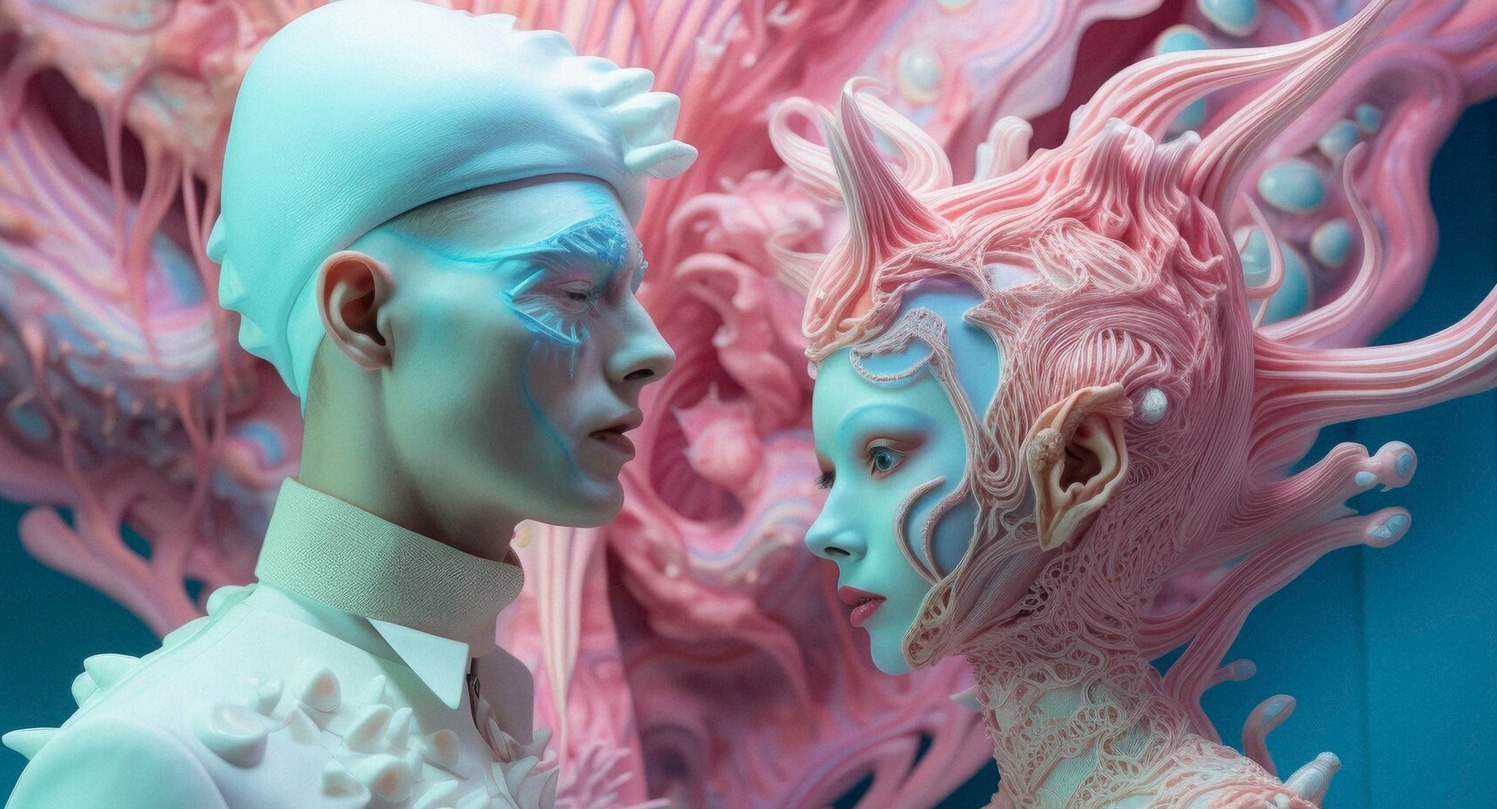
An image which may or may not be related to the article. FREEPIK
How AI is Redefining the Role of the Modern Artist
Summary:
Artificial intelligence is no longer just a tool—it’s becoming a collaborator. From creating hyperrealistic paintings to composing symphonies, AI is reshaping what it means to be an artist in the 21st century. But as algorithms generate masterpieces in seconds, questions of authenticity, creativity, and human identity are rising. Are we witnessing the evolution of art, or its quiet erasure? Let’s explore how AI is challenging the boundaries of creativity and forcing artists to redefine their roles in this brave new world.
This is the world we’re stepping into. A world where artificial intelligence isn’t just influencing art—it’s making it. And while some hail this as the next great leap in creativity, others can’t shake the uneasy feeling that something essential is slipping away.
From Tool to Collaborator
AI’s presence in the art world isn’t exactly new. For years, it’s been a silent partner, helping with tedious tasks like photo editing or 3D rendering. But somewhere along the way, it went from being a tool to being a collaborator—and in some cases, the star of the show.
Take AI programs like DALL-E or MidJourney, which can generate images based on text prompts. Want a surrealist painting of a cat riding a unicycle through space? Done. How about a Renaissance-style portrait of an astronaut? Give it a second. What once required years of training and artistic instinct now takes minutes and an internet connection.
And it’s not just visual art. AI is composing music, writing poetry, and even crafting screenplays. It’s everywhere, slipping quietly into corners of creativity we once thought were uniquely human.
Art Without the Artist?
But here’s where it gets tricky. If art is an expression of the human experience, what happens when the artist isn’t human?
There’s a reason we’re drawn to Van Gogh’s tortured brushstrokes or Sylvia Plath’s searing verses. Their work isn’t just skill—it’s pain, joy, longing, and all the messy emotions that come with being alive. Can an algorithm, no matter how sophisticated, ever replicate that?
The answer depends on who you ask. To some, AI-generated art is no different from the output of a paintbrush or a piano—it’s a tool, and the creativity still lies with the human guiding it. But to others, it’s hollow. It might look like art, but it lacks the soul, the struggle, the story. It’s a simulation, not a creation.
Challenging the Gatekeepers
Of course, AI isn’t just raising philosophical questions—it’s shaking up the art world’s power dynamics.
For centuries, the art world has been controlled by gatekeepers: curators, critics, and collectors who decide what’s valuable and what isn’t. But AI is democratizing creativity in ways that were unimaginable a generation ago.
Suddenly, anyone with a laptop and a spark of curiosity can create something breathtaking. You don’t need a fancy art degree or connections to gallery owners. All you need is an idea and the right algorithm.
But this democratization comes with a price. The flood of AI-generated content is overwhelming, and distinguishing quality from noise is becoming harder by the day. In a world where everyone can create, how do we decide what’s worth paying attention to?
Artists in the Age of AI
So where does this leave the modern artist?
For some, AI is a threat—a machine encroaching on territory that was once theirs alone. But for others, it’s a challenge, an opportunity to push boundaries and explore new frontiers.
The most interesting work isn’t coming from AI alone—it’s coming from the collaboration between humans and machines. Artists who use AI as a partner, not a replacement, are creating things that neither could achieve on their own. It’s a dialogue, a dance, a reminder that creativity doesn’t have to be a zero-sum game.
And maybe that’s the real role of the artist in the age of AI: not to compete with the machine but to guide it, to infuse it with humanity, to remind the world that even in an era of algorithms, art is still about connection.
The Road Ahead
But let’s not get too comfortable. The rise of AI in art raises uncomfortable questions we’re only beginning to grapple with. Who owns AI-generated art? The programmer? The user? The algorithm itself? What happens to the value of art when it’s no longer tied to effort or scarcity? And what does this mean for the next generation of artists?
For now, we’re in uncharted territory. AI is here, and it’s not going away. But how we use it—and how we define ourselves in relation to it—will shape the future of creativity.
As I watch an AI-generated painting take shape on my screen, I can’t help but feel a strange mix of wonder and dread. It’s beautiful, yes. But it’s also a reminder of how quickly the ground beneath us is shifting.
AI isn’t just redefining art—it’s redefining us. And whether that’s a triumph or a tragedy depends on what we choose to do next.
 muppazine
muppazine